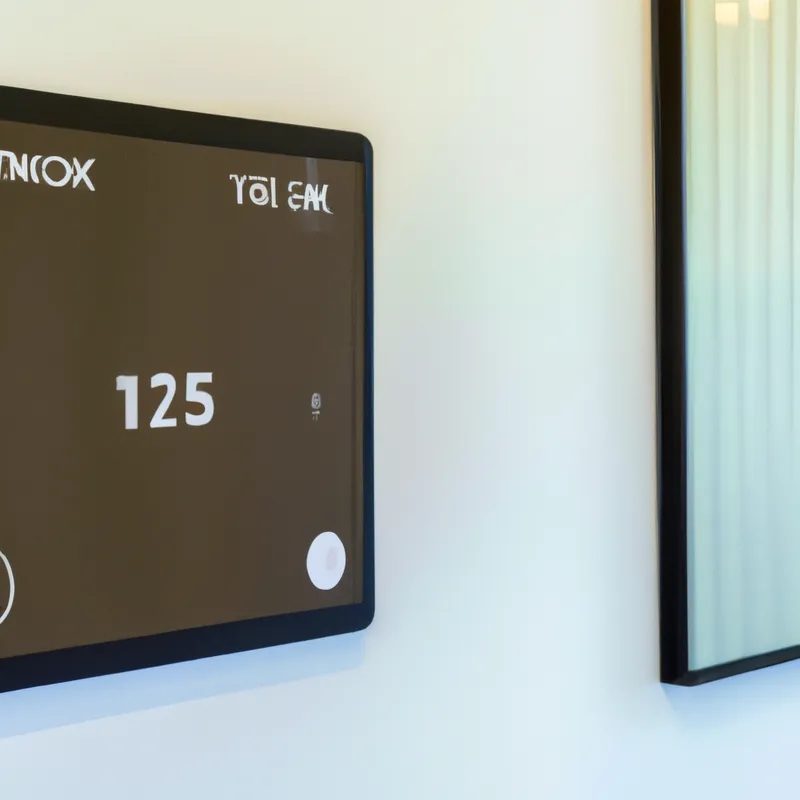Discover Key Elements of Smart Mirror Interfaces
Exploring the Significance of User Interfaces in Smart Mirror Technology
Smart mirrors lead a technological revolution by blending functionality with aesthetics. They allow users to access information and control smart home devices while maintaining their reflective surface. The user interface (UI) plays a critical role in how users interact with these devices. This post explores the significance of UIs in smart mirror technology, including their role, importance, and design best practices.
Understanding Smart Mirrors
Smart mirrors function as interactive devices beyond reflective surfaces. They feature touch screens, voice recognition, and internet connectivity. These mirrors display information like weather forecasts, calendar events, and social media updates. Their technology allows for customizable user experiences. However, effective features depend on a well-designed UI that enables smooth interaction.
The Role of User Interfaces
A user interface connects users to the technology. In smart mirrors, the UI displays information, enables navigation, and facilitates interaction. An effective UI remains intuitive, responsive, and visually appealing. Users should enjoy a seamless experience without unnecessary obstacles.
The UI ensures users quickly access and use smart mirror features. For example, a user may want to check the weather while getting ready. A cluttered interface can frustrate users during this simple task. Therefore, thoughtful UI design maximizes user satisfaction and engagement.
Importance of Design
UI design significantly influences user experience. A confusing interface can deter users from utilizing smart mirror capabilities. In contrast, a clean layout enhances usability and encourages exploration of features. Visual elements like icons, colors, and fonts communicate effectively. Users should quickly understand how to access functionalities, making thoughtful design vital for success.
In smart mirrors, where users encounter various lighting conditions, the UI must remain functional and visually appealing. Designers should consider viewing angles and distances for comfortable interaction.
Tips for Designing Effective UIs
Designing a user-friendly UI requires careful consideration and a user-centered approach. Here are tips to help designers create effective interfaces for smart mirrors:
1. **Prioritize Simplicity**: Maintain a minimalistic design. Avoid overwhelming users with excessive information or features. Focus on essential functions to enhance usability.
Conclusion
In summary, effective user interfaces significantly enhance smart mirror technology, improving user interaction and satisfaction.
Below are related products based on this post:
FAQ
What are the main features of smart mirrors?
Smart mirrors are interactive devices that incorporate touch screens, voice recognition, and internet connectivity. They can display various information such as weather forecasts, calendar events, and social media updates, allowing for customizable user experiences.
Why is user interface design important for smart mirrors?
User interface design is crucial for smart mirrors because it directly impacts user experience. A well-designed UI is intuitive, responsive, and visually appealing, enabling users to quickly access and navigate features without frustration. Conversely, a confusing interface can deter users from utilizing the smart mirror’s capabilities.
What are some tips for designing effective user interfaces for smart mirrors?
When designing user interfaces for smart mirrors, it’s essential to prioritize simplicity by maintaining a minimalistic design. Avoid overwhelming users with excessive information or features and focus on essential functions to enhance usability. Additionally, consider the various lighting conditions and viewing angles to ensure comfortable interaction.















Post Comment